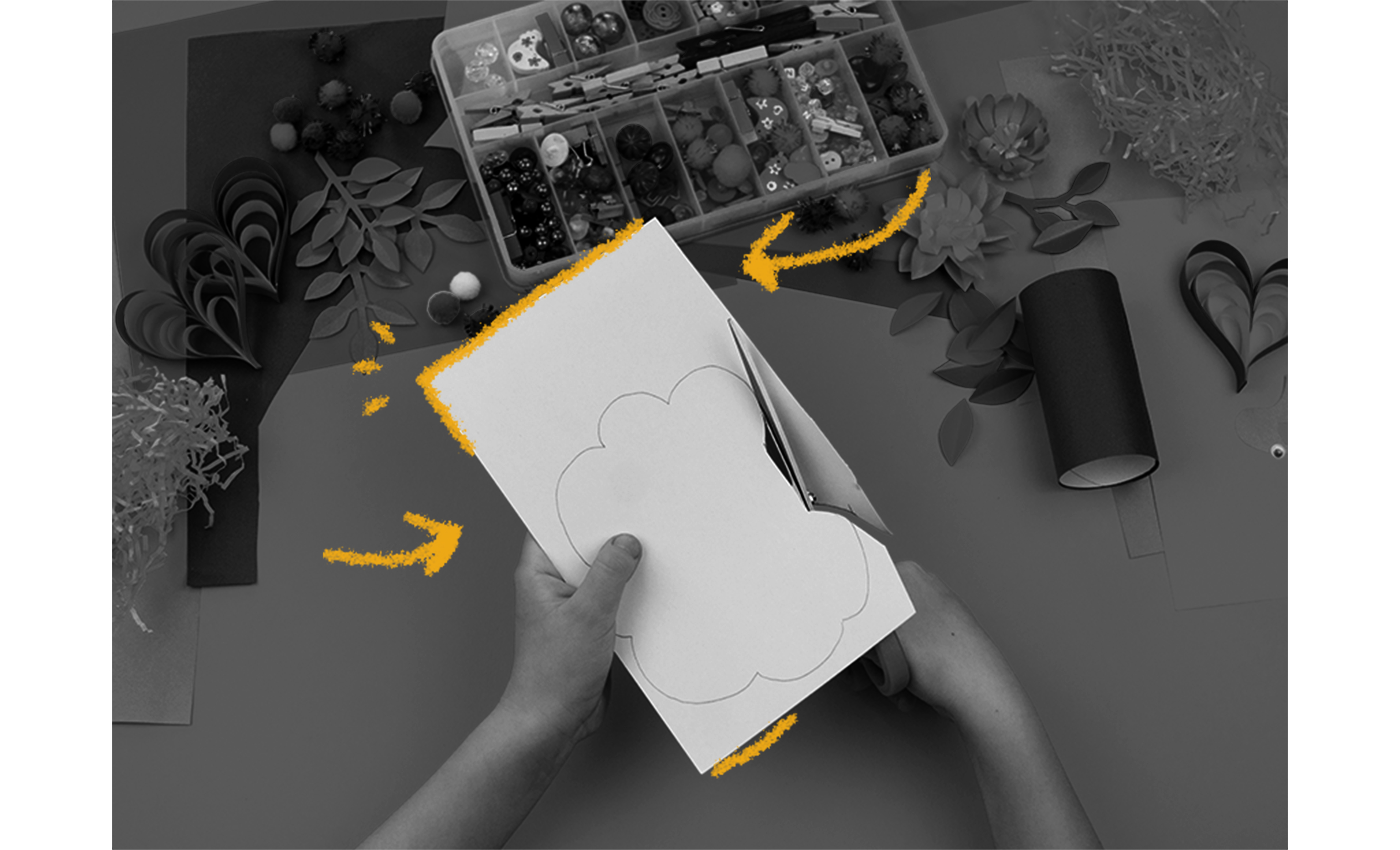Construction paper was marketed to teachers in school supply catalogs and subsequently introduced to classrooms in the late 19th century. These catalogs noted that the papers were “engine colored,” meaning they were colored in a vat, a process that allowed the dyes to mix directly with the pulp of the paper so that the colorants could not be rubbed off. Additionally, unlike some colorants on the market at the time, the green dye used in this process was arsenic-free and did not pose a health risk to children in the classroom. In the late 19th century and early 20th century, construction paper was serious business, as the kindergarten curriculum included elementary color theory and relied on activities like folding and cutting colored paper to teach children. At first, terms like "school papers," "poster papers," and "colored school papers," were used to describe this type of paper, but in the early 20th century, the term “construction paper” was introduced in the Prang Company’s 1911 supply catalog. It’s worth noting that while construction paper quickly became an important classroom tool, it was also used by many artists. In spite of the medium’s impermanence, Abraham Walkowitz, Jackson Pollack, Robert Motherwell, and many others turned to construction paper as a primary support, collage material, artist's mount, or secondary support. Today, construction paper remains popular in primary school classrooms and art studios alike.

Your go-to guide for weird history facts
Subscribe to the FREE daily email that makes learning about history fun.


